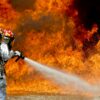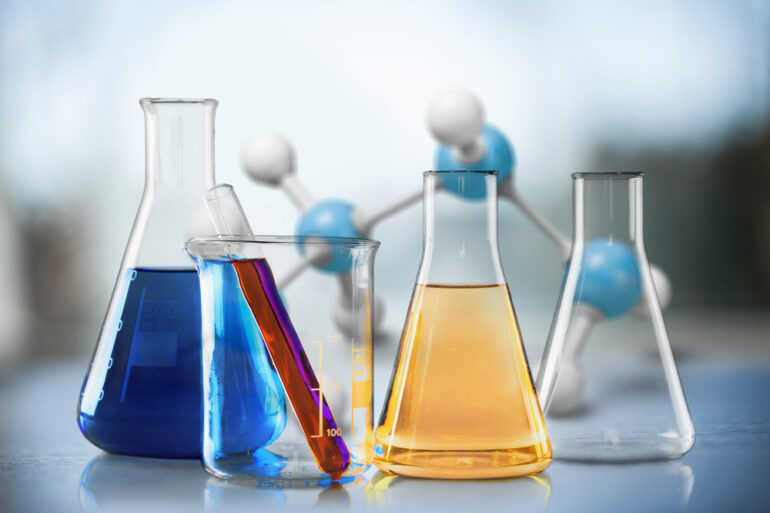We all know that modern medicine is truly a scientific marvel.
After all, it was a team of hardworking medical scientists who were able to create an effective vaccine for Coronavirus within the span of a single year. Think about how long it took to find an effective treatment for AIDS or Autoimmune Deficiency Syndrome. It was much, much longer than a year.
When it comes to cancer treatment, the United States is helping to lead the world on research methods and technologies.
That may be because we can see the pressing need for treatment. Almost thirty-nine percent of all Americans can expect to be diagnosed with some form of cancer at some point in their lives. Click the link: https://www.cdc.gov/cancer/uscs/index.htm for more information about cancer in the United States.
What does immunohistochemistry have to do with this?
Everything! Immunohistochemistry is a term that means the study of immune system cells and tissue through the use of a microscope.
This process is essential to cancer research and treatment. It can be a tool for doctors to help diagnose conditions quickly and efficiently.
This process is not limited to treating cancer, however. It can be effective in any case where abnormal cells are present.
In this article, we’re going to look at Immunohistochemistry explained simply enough for anyone to understand.
How Does it Work?
The process is pretty simple.
Antibodies are integral to the process. Antibodies are large, y-shaped cells that work within our immune system. These cells float through the body looking for foreign invaders.
Each end of the Y-shaped arm has a different shape. This is so that the antibody can bind to a particular invader. The reason that it does this is so that it can mark the cell, whether it be a virus, bacteria, or other sort of invader. When it finds a white blood cell, the cell “sees” the antibody and begins an attack.
These antibodies help the body to find and fight off invaders faster. In fact, they’re the cells that respond when we get a Covid vaccine. What the vaccine is doing is creating these antibodies that will interlock with the Covid virus so that the immune system can begin its fight. Click here for more information about antibodies.
With immunohistochemistry, antibodies are not finding foreign invaders but instead are looking for abnormal cells in the body. This could involve testing a sample of cells from a particular organ, such as the liver or the adrenal glands.
It can also be used to demonstrate the effectiveness of a treatment by comparing antibodies both before and after treatment has begun.
What’s the Process?
Now that you know the parts of the body involved in this process, you may be asking yourself how it works.
There are different ways for a doctor, researcher, or technician to prepare to create stained slides that are useful for diagnosing or treating disease.
Indirect detection is a longer process. It requires several distinct steps, each completed within a certain amount of time, in order to return the appropriate image.
Once you have fixed your cells, you will want to use a chemical to block any unwanted cells from taking part.
Once you’ve done these steps, you’re ready to add your antibody for testing. At this point, it becomes a waiting game. You can expect to watch your antibodies incubate for anywhere from a half-hour to a full hour.
Once you’ve given them ample time in which to multiply, then it’s time for you to wash the culture. You will do that three times in five minutes, which means you will have to work fast.
Then the process starts over. You’ll add another antibody and wait for it to incubate. It may take more or less time than the first step, depending on what you are testing. Then on to another wash cycle just like the first.
Then you’ll add your base layer or substrate. This provides a background against which you can view your results. Then you’re in for one more wash before you’re able to counterstain. This is a process that finally enables you to see the results of your process. You can verify the growth of one antibody versus another to see which has more potent results.
In Direct detection, the process is very similar. It is made slightly faster by eliminating the second addition of an antibody. Instead of comparing two, you will be looking only at the results of a single antibody.
Both methods are able to produce clear images that can then be used in research, treatment, or the development of new, powerful drugs.
Immunohistochemistry has the power to change the world.







